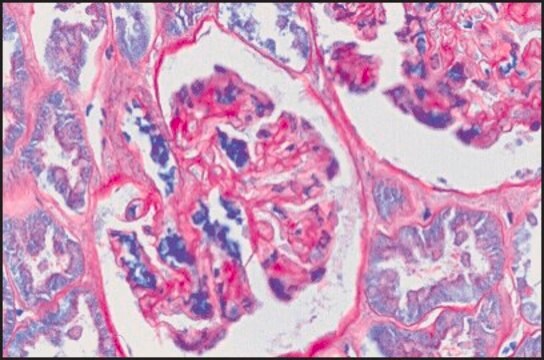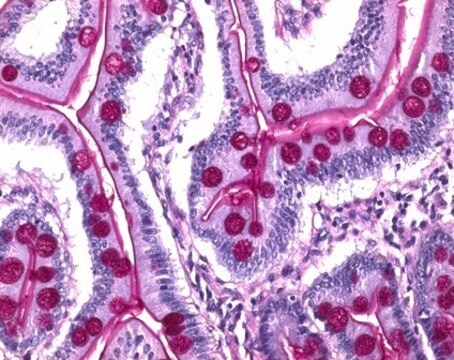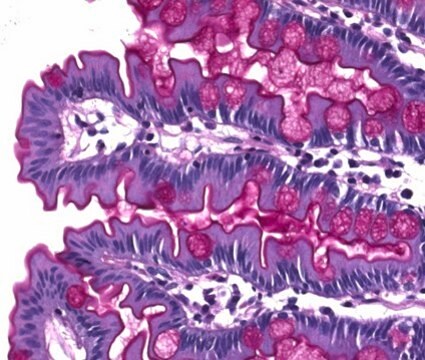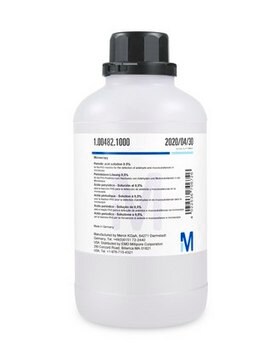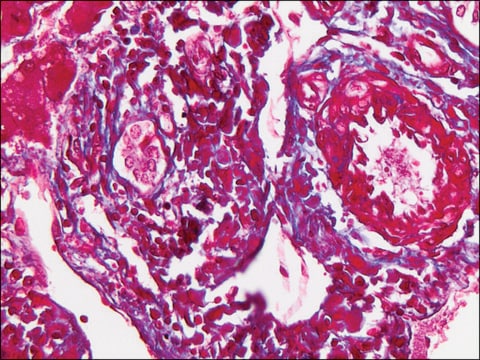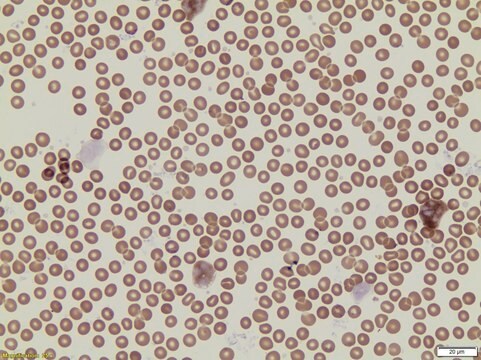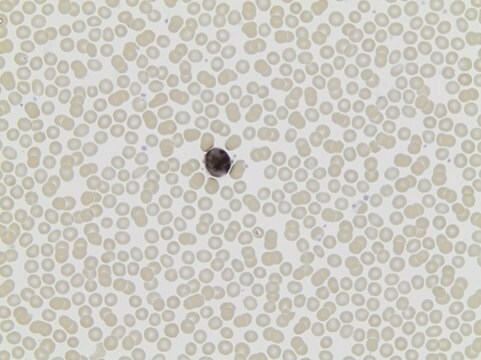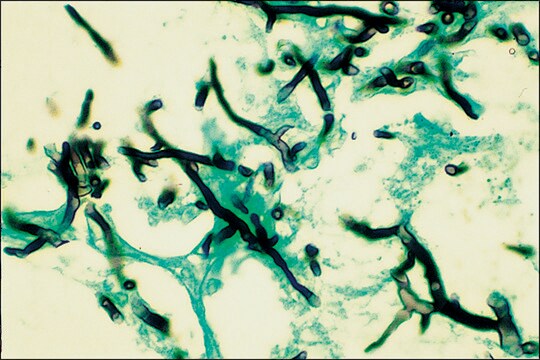395B
Periodic Acid-Schiff (PAS) Staining System
About This Item
Produits recommandés
Durée de conservation
Expiry date on the label.
IVD
for in vitro diagnostic use
dilution
(for histology)
Application(s)
hematology
histology
Conditions d'expédition
wet ice
Température de stockage
2-8°C
Application
Composants de kit seuls
- Hematoxylin Solution, Gill No. 3 (kit only) 100 mL
- Periodic Acid Solution (395-1) 2 x 100
- Schiff's Reagent (kit only) 4 x 50
Produit(s) apparenté(s)
Mention d'avertissement
Danger
Mentions de danger
Classification des risques
Acute Tox. 4 Oral - Aquatic Chronic 3 - Carc. 1B - Eye Dam. 1 - Met. Corr. 1 - Skin Corr. 1 - STOT RE 2 Oral
Organes cibles
Kidney
Code de la classe de stockage
6.1C - Combustible acute toxic Cat.3 / toxic compounds or compounds which causing chronic effects
Classe de danger pour l'eau (WGK)
WGK 3
Faites votre choix parmi les versions les plus récentes :
Déjà en possession de ce produit ?
Retrouvez la documentation relative aux produits que vous avez récemment achetés dans la Bibliothèque de documents.
Les clients ont également consulté
Articles
Fungal stains remain an important tool in the histology laboratory's diagnostic arsenal for identifying infectious microorganisms.
Notre équipe de scientifiques dispose d'une expérience dans tous les secteurs de la recherche, notamment en sciences de la vie, science des matériaux, synthèse chimique, chromatographie, analyse et dans de nombreux autres domaines..
Contacter notre Service technique